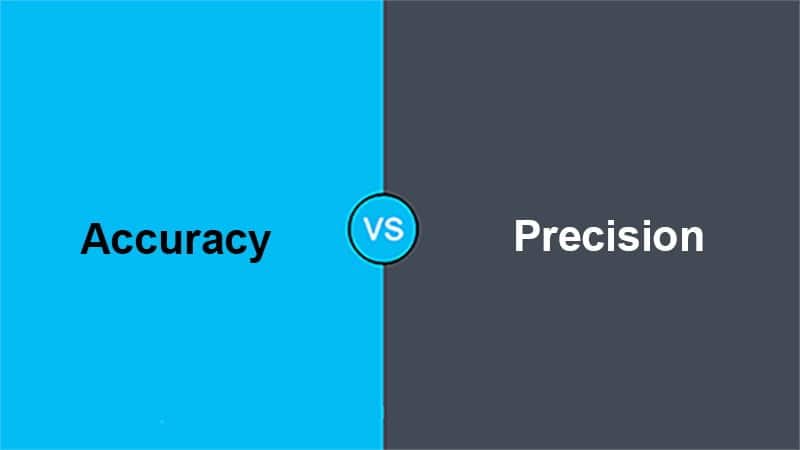Standard encoding formats are required for communication via digital devices, resulting in the creation of numerous encoding systems. Both ANSI and ASCII are widely used and very ancient character encoding schemes. Even though most people believe these two systems are identical, they are not.
ANSI vs ASCII
ANSI (American National Standards Institute) and ASCII (American Standard Code for Information Interchange) are related but distinct standards; ASCII is an older character encoding standard used for text representation in computers, while ANSI encompasses a broader range of standards, including those related to character encoding, electrical and electronic symbols, and more.

The American National Standards Institution (ANSI) represents a standard code page for systems such as Windows. This Microsoft-related coding method employs an 8-bit sequence for each letter. This shortened version of the ANSI standard was based on draughts provided by the public and did not conform to the official ANSI standard. However, because of Microsoft’s history, the name is still appropriate.
When ASCII was designed, it only employed 7 bits to allow for 128 character combinations. It was designed for the English language and has proven to be capable of storing all letters, numbers, special characters, symbols, and non-printed characters.
Comparison Table Between ANSI and ASCII
| Parameters of Comparison | ANSI | ASCII |
|---|---|---|
| Full Name | American National Standards Institute | American Standard Code for Information Interchange |
| Scope | A standards organization that develops and publishes various standards, including those for character encoding. | A specific character encoding standard for representing text and control characters in computers. |
| Character Encoding | ANSI includes character encoding standards such as ANSI X3.4 (ASCII), ANSI X3.64 (EBCDIC), and more. | ASCII is a specific character encoding standard for representing text using 7 or 8 bits. |
| Purpose | ANSI sets standards for various industries, including technology, electrical engineering, and more. | ASCII primarily focuses on character encoding and representation of text in computer systems. |
| Origin | ANSI is a standards organization founded in 1918 to coordinate and develop voluntary national standards. | ASCII was initially developed in the early 1960s by the ASA (American Standards Association), which later became ANSI. |
| Versatility | ANSI encompasses a wide range of standards, including those for symbols, codes, dimensions, and more. | ASCII is specific to text encoding and does not cover other types of standards. |
| Historical Significance | ANSI has a broader and more enduring impact on various industries due to its extensive range of standards. | ASCII is historically significant as one of the earliest character encoding standards used in computing. |
What is ANSI?
ANSI, or the American National Standards Institute, is a private, non-profit organization founded in 1918. It serves as the official coordinator of voluntary national standards development in the United States. ANSI’s primary mission is to facilitate the development of consensus standards that enhance product quality, improve safety, and promote interoperability across various industries.
Key aspects of ANSI include:
- Standards Development: ANSI oversees standards development in collaboration with industry experts, organizations, and stakeholders. These standards cover many sectors, including technology, manufacturing, healthcare, and more.
- Voluntary Consensus: ANSI adheres to voluntary consensus, meaning that standards are developed through a transparent process that encourages input and consensus from affected parties. This inclusivity ensures that standards are broadly accepted and adopted.
- National and International Impact: ANSI’s standards have a significant impact within the United States and contribute to international standards development through partnerships with organizations like the International Organization for Standardization (ISO) and the International Electrotechnical Commission (IEC).
- Industry Support: ANSI works closely with industry stakeholders, government agencies, and regulatory bodies to align standards with regulatory requirements and industry needs.
- Education and Outreach: ANSI provides education and awareness programs to promote the understanding and adoption of standards. They also offer accreditation services for standards development organizations.
- Safety and Innovation: ANSI standards are crucial in enhancing safety, ensuring product quality, and fostering innovation by providing a framework for best practices and technical specifications.
What is ASCII?
ASCII, or the American Standard Code for Information Interchange, is a character encoding standard that was first developed in the early 1960s. It is a fundamental component of computer communication and data storage, serving as a universal method for representing text and control characters in digital form.
Key aspects of ASCII include:
- Character Set: ASCII defines a set of 128 characters, including 33 control characters (such as carriage return and line feed) and 95 printable characters (letters, digits, symbols, and special characters).
- Binary Representation: Each ASCII character is represented as a 7-bit binary number, making it highly efficient for early computer systems and communication protocols.
- Compatibility: ASCII has been widely adopted and remains compatible with most modern character encoding standards, making it a foundational element of text processing in computing.
- Universal Usage: ASCII is used in various applications, including computer programming, telecommunications, email, and data storage. It forms the basis for text files, plain text email messages, and more.
- Standardization: ASCII was officially standardized by the American Standards Association (ASA), which later became the American National Standards Institute (ANSI). It has undergone minor revisions, including the extension to 8 bits (Extended ASCII) to accommodate additional characters.
- Historical Significance: ASCII is historically significant as one of the earliest character encoding standards in computing, helping establish a common method for representing text and control characters across different computer systems.
Main Differences Between ANSI and ASCII
ANSI (American National Standards Institute):
- ANSI is a standards organization founded in 1918.
- It is a private, non-profit organization.
- ANSI develops and oversees various voluntary national standards across various industries, including technology, manufacturing, healthcare, and more.
- ANSI standards are not limited to character encoding; they cover diverse areas such as symbols, codes, dimensions, and safety standards.
- ANSI adheres to voluntary consensus, involving industry experts and stakeholders in the standards development process.
- ANSI standards have national and international impact and are adopted by organizations and regulatory bodies.
- ANSI is crucial in promoting safety, product quality, interoperability, and innovation across industries.
ASCII (American Standard Code for Information Interchange):
- ASCII is a specific character encoding standard developed in the early 1960s.
- It defines a set of 128 characters, including control characters and printable characters.
- ASCII is primarily focused on representing text and control characters in digital form.
- It uses a 7-bit binary representation for each character, making it efficient for early computer systems.
- ASCII is a subset of ANSI standards, specifically ANSI X3.4.
- ASCII is widely used in computing for tasks like text representation, data exchange, and communication.
- While foundational, ASCII is limited to encoding English characters and symbols and has been extended to 8 bits (Extended ASCII) to accommodate additional characters.
















